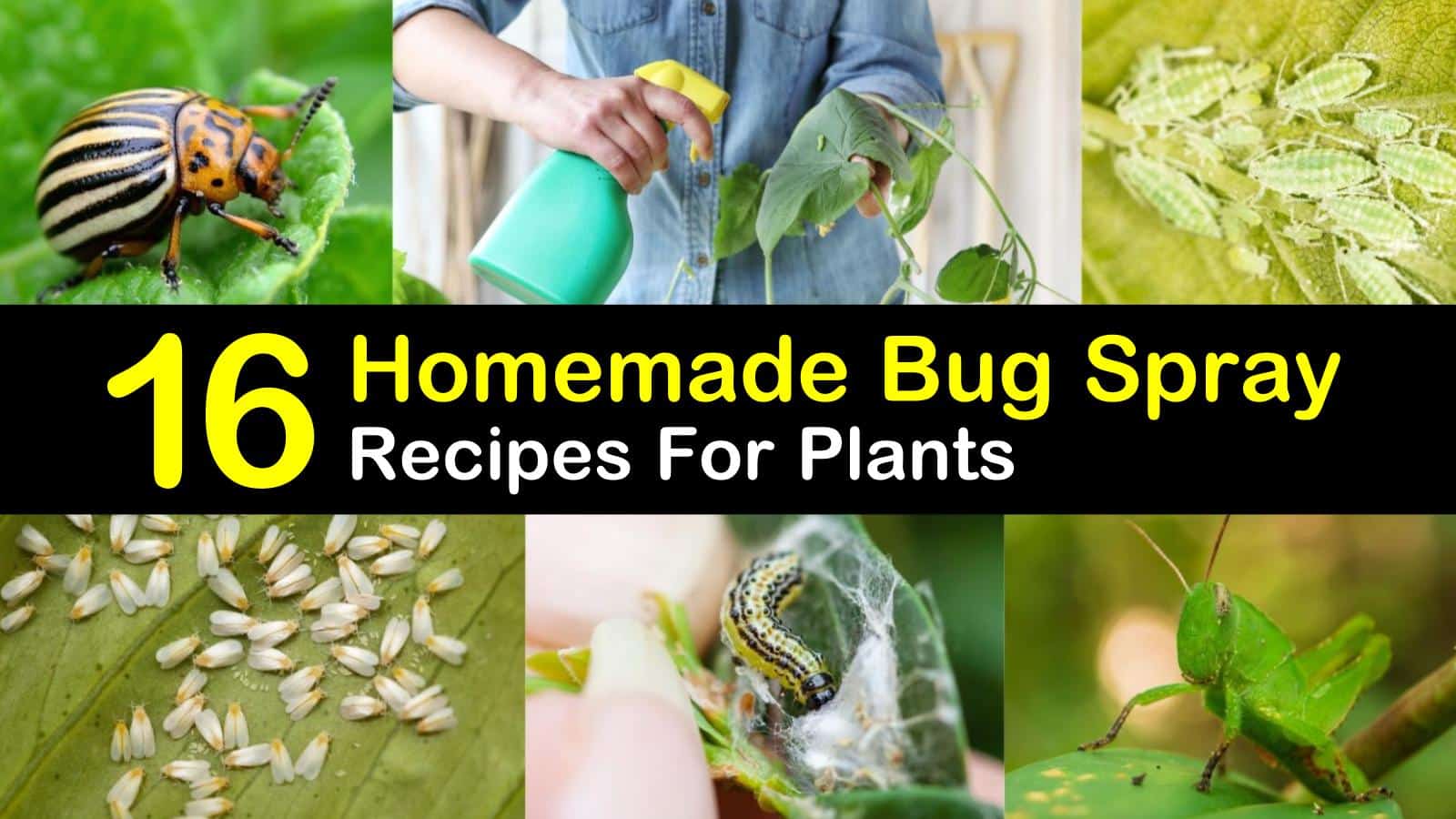Peas are a delicious spring and summer vegetable that are loved by many. However, various insect pests can damage pea plants and reduce yields. Knowing what pests affect peas and having the right sprays on hand can help you protect your pea crop.
Common Pea Insect Pests
Some of the most common insect pests that affect peas include
-
Aphids – These small, soft-bodied insects pierce pea plants and suck out sap. Heavy aphid infestations can stunt plant growth.
-
Bean Leaf Beetles – The adult beetles chew irregular holes in pea leaves while larvae damage roots and stems near soil level
-
Thrips – Tiny winged insects that rasp plant tissues and feed on sap. Thrips can reduce pollination and cause cosmetic damage.
-
Loopers – Caterpillars like cabbage loopers that chew ragged holes in pea leaves and pods.
-
Spider Mites – Microscopic pests that suck sap and cause stippling damage on leaves. Infestations spread rapidly in hot, dry conditions.
-
Stink Bugs – Shield-shaped bugs that pierce pods and developing peas, causing discoloration, defects, and reduced yields.
Organic Sprays for Pea Pest Control
Organic gardeners have several effective options for controlling pea insect pests:
-
Insecticidal Soaps – Potassium salts of fatty acids that kill soft bodied insects like aphids on contact. Safe for beneficials when dried.
-
Neem Oil – Oil from the neem tree that disrupts insects’ hormonal systems. It repels and reduces feeding, mating, egg laying and lifespans of many pests.
-
Pyrethrin – A botanical insecticide derived from chrysanthemums that quickly knocks down aphids, beetles, stink bugs and other pests.
-
Spinosad – A natural bacterium that targets chewing pests like loopers and beetles but is safe for bees and wildlife.
-
Bacillus thuringiensis (Bt) – A microbial insecticide that controls caterpillars when they ingest it but is harmless to other organisms.
Conventional Insecticide Sprays
Conventional gardeners can use synthetic insecticides like:
-
Malathion, bifenthrin, cyhalothrin – Broad spectrum insecticides that control a wide range of pea pests including aphids, beetles, stink bugs, and caterpillars.
-
Carbaryl (Sevin) – A carbamate insecticide that kills over 100 pests but is toxic to bees and aquatic life.
Always follow label directions carefully with conventional insecticides. Avoid spraying during bloom to protect pollinators.
When to Spray Peas
-
Treat seedling peas at first sight of aphids.
-
Target bean leaf beetles and other foliar feeders when defoliation reaches 30% before bloom or 15% during bloom and pod fill.
-
Spray for loopers, earworms, stink bugs if infestations exceed thresholds of 1-5% damaged pods or foliage.
-
Control spider mites when stippling damage is seen before heavy webbing occurs.
-
Spray insecticides in early morning or evening to reduce risk to pollinators. Repeat applications 7-10 days later if pests persist.
Other Pea Pest Control Tips
-
Use row covers at planting to exclude early season pests.
-
Weed to remove habitat for pests like stink bugs and tarnished plant bugs.
-
Rinse off aphids with a strong spray of water. Trap with yellow bowls of water.
-
Attract beneficial insects like lady beetles and lacewings which prey on pests.
-
Rotate pea planting sites each year to disrupt pest cycles.
-
Promptly remove pea crop debris after harvest to eliminate overwintering sites.
By properly identifying pea pests, using appropriate organic or conventional sprays, and integrating other cultural practices, you can keep ahead of the bugs and grow a bountiful pea crop.

Natural Insecticides for a Vegetable Garden : Vegetable Gardening
FAQ
How to stop bugs from eating peas?
What do you spray peas with?
What can I spray on my vegetable plants to keep the bugs off of them?
How do you get rid of mites on peas?
- The Ultimate Guide to Growing Strawberries in Raised Beds - August 8, 2025
- No-Dig Garden Beds: The Easiest Way to Grow a Beautiful Garden - August 6, 2025
- How to Protect and Preserve Wood for Raised Garden Beds - August 6, 2025
